
Johann Ludwig Bach was a German composer and violinist.

Jesu, meine Freude, BWV 227, is a motet by Johann Sebastian Bach. The longest and most musically complex of Bach's motets, it is set in eleven movements for up to five voices. It is named after the Lutheran hymn "Jesu, meine Freude" with words by Johann Franck, first published in 1653. The motet contains the six stanzas of the hymn in its odd-numbered movements. The hymn tune by Johann Crüger appears in all of these movements in different styles of chorale settings. The text of the motet's even-numbered movements is taken from the eighth chapter of the Epistle to the Romans, a passage that influenced key Lutheran teachings. The hymn, written in the first person with a focus on an emotional bond with Jesus, forms a contrasting expansion of the doctrinal biblical text. Bach set both texts alternating with and complementing each other, in a structure of symmetries on different layers.

Komm, Jesu, komm, BWV 229, is a motet by Johann Sebastian Bach, with a text by Paul Thymich. It was composed in Leipzig, and received its first performance by 1731–1732.

Johann Sebastian Bach composed the church cantata Ich hatte viel Bekümmernis, BWV 21 in Weimar, possibly in 1713, partly even earlier. He used it in 1714 and later for the third Sunday after Trinity of the liturgical year. The work marks a transition between motet style on biblical and hymn text to operatic recitatives and arias on contemporary poetry. Bach catalogued the work as e per ogni tempo, indicating that due to its general theme, the cantata is suited for any occasion.
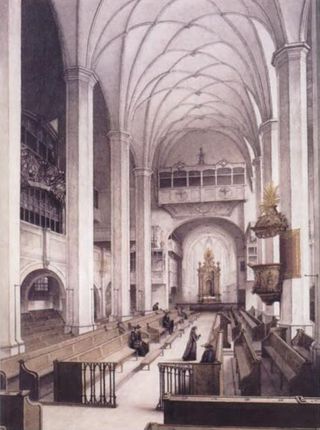
Johann Sebastian Bach composed the church cantata Ich elender Mensch, wer wird mich erlösen, BWV 48, in Leipzig for the 19th Sunday after Trinity and first performed it on 3 October 1723.

Sehet, wir gehn hinauf gen Jerusalem, BWV 159, is a church cantata by Johann Sebastian Bach. He composed it in Leipzig for the Sunday Estomihi, the last Sunday before Lent, and probably first performed it on 27 February 1729. The gospel reading for the Sunday, from the Gospel of Luke, includes Jesus announcing his suffering and death in Jerusalem. The cantata's theme and Bach's music foreshadow his Passion.
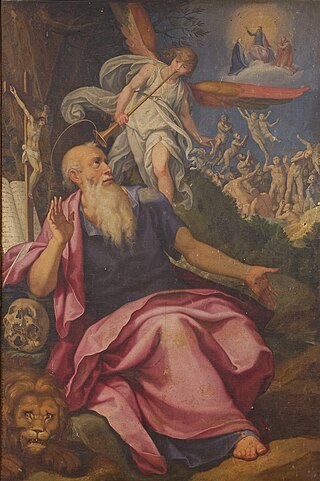
Herr Jesu Christ, wahr' Mensch und Gott, BWV 127, is a cantata by Johann Sebastian Bach for use in a Lutheran service. He composed the chorale cantata in 1725 in Leipzig for the Sunday Estomihi, the Sunday before Lent. It is based on Paul Eber's 1582 hymn in eight stanzas "Herr Jesu Christ, wahr Mensch und Gott". Bach first performed it on 11 February 1725.

Erhard Egidi was a German cantor, organist and composer of sacred music. He was Kantor at the Neustädter Kirche, Hannover, from 1972 to 1991, where he focused on music in church services, but also conducted concerts, with a preference for works of Johann Sebastian Bach and his own teacher Ernst Pepping. He was appointed Kirchenmusikdirektor, responsible for the church music of Hanover.
Die sieben Worte Jesu Christi am Kreuz, SWV 478, is a German-language musical setting of the seven sayings of Jesus on the cross by Heinrich Schütz. It was written in Weissenfels around 1645 and revised in 1657. Schütz set the text of the biblical words in their context, framed by two stanzas from Johann Böschenstein's hymn "Da Jesus an dem Kreuze stund", as an oratorio or Passion cantata. He scored it for five voices (SATTB), five instrumental parts and continuo. The original title reads: Die Sieben Worte unsers lieben Erlösers u. Seeligmachers Jesu Christi, so er am Stamm des Hl. Kreuzes gesprochen.

"Jesu, meine Freude" is a hymn in German, written by Johann Franck in 1650, with a melody, Zahn No. 8032, by Johann Crüger. The song first appeared in Crüger's hymnal Praxis pietatis melica in 1653. The text addresses Jesus as joy and support, versus enemies and the vanity of existence. The poetry is bar form, with irregular lines from 5 to 8 syllables. The melody repeats the first line as the last, framing each of the six stanzas.
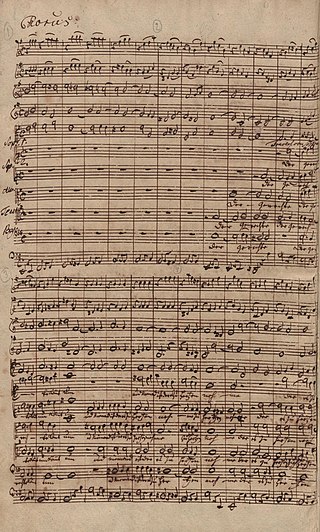
Wer ist der, so von Edom kömmt is a pasticcio Passion oratorio based on compositions by Carl Heinrich Graun, Georg Philipp Telemann, Johann Sebastian Bach and others. The pasticcio was assembled around 1750.
Evangelienmotetten or Gospel motets were settings to music of verses from the New Testament. They were selected as an essence or Kernspruch ("text-kernel") of the verses in question, with the intention of highlighting dramatically or summarising in a terse fashion a significant thought from the Gospels.

"Such, wer da will, ein ander Ziel" is a Lutheran hymn in five stanzas with a text written by Georg Weissel in 1623 to a melody that Johann Stobäus had created in 1613.
Gustav Gunsenheimer is a German director of church music and a composer of mostly sacred music and chamber music. First an elementary school teacher, he worked for decades as the church musician at St. Lukas in Schweinfurt, where he held annual festivals, conducted a notable choir, was responsible in the Bavarian organization of chorale conductors, and was a lecturer at the music university of Würzburg.
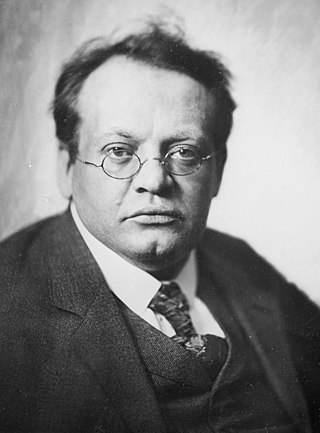
Geistliche Gesänge, Op. 110, are three motets by Max Reger. He composed them between 1909 and 1912:
Wolfgang Stockmeier was a German composer, church musician, concert organist and academic. From 1962, he was professor of music theory, organ playing and organ improvisation at the Musikhochschule Köln, and also lectured in Düsseldorf and Herford. He made more than 150 recordings of organ music.

Fallt mit Danken, fallt mit Loben, BWV 248IV, is a Christmas cantata by Johann Sebastian Bach, composed in 1734 as Part IV of his six-part Christmas Oratorio. Each part of the oratorio is a cantata, written for performance on one of the feast days of the Christmas period. Fallt mit Danken, fallt mit Loben is meant for the New Year's Day feast of the circumcision and naming of Jesus. Based on a libretto by an unknown author, it tells the naming of Jesus from the Nativity of Jesus, according to the Gospel of Luke.

Der Gerechte kömmt um, BWV 1149, is a motet for SSATB singers and instrumental ensemble, which, for its music, is based on the five-part a cappella motet Tristis est anima mea attributed to Johann Kuhnau, and has the Luther Bible translation of Isaiah 57:1–2 as text. The arrangement of the Latin motet, that is, transposing it to E minor, adjusting its music to the new text, and expanding it with an instrumental score for two traversos, two oboes, strings and basso continuo, is attributed to Johann Sebastian Bach. The setting is found in a manuscript copy, likely written down in the 1750s, of Wer ist der, so von Edom kömmt, a Passion oratorio which is a pasticcio based on compositions by, among others, Carl Heinrich Graun, Georg Philipp Telemann and Bach. Likely Der Gerechte kömmt um existed as a stand-alone motet, for example for performance on Good Friday or at a funeral, before being adopted in the pasticcio.
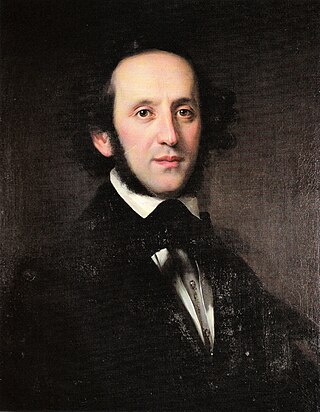
Wer bis an das Ende beharrt, is a motet for a four-part choir by Felix Mendelssohn. He wrote it as part of his oratorio Elijah, published in 1847.














